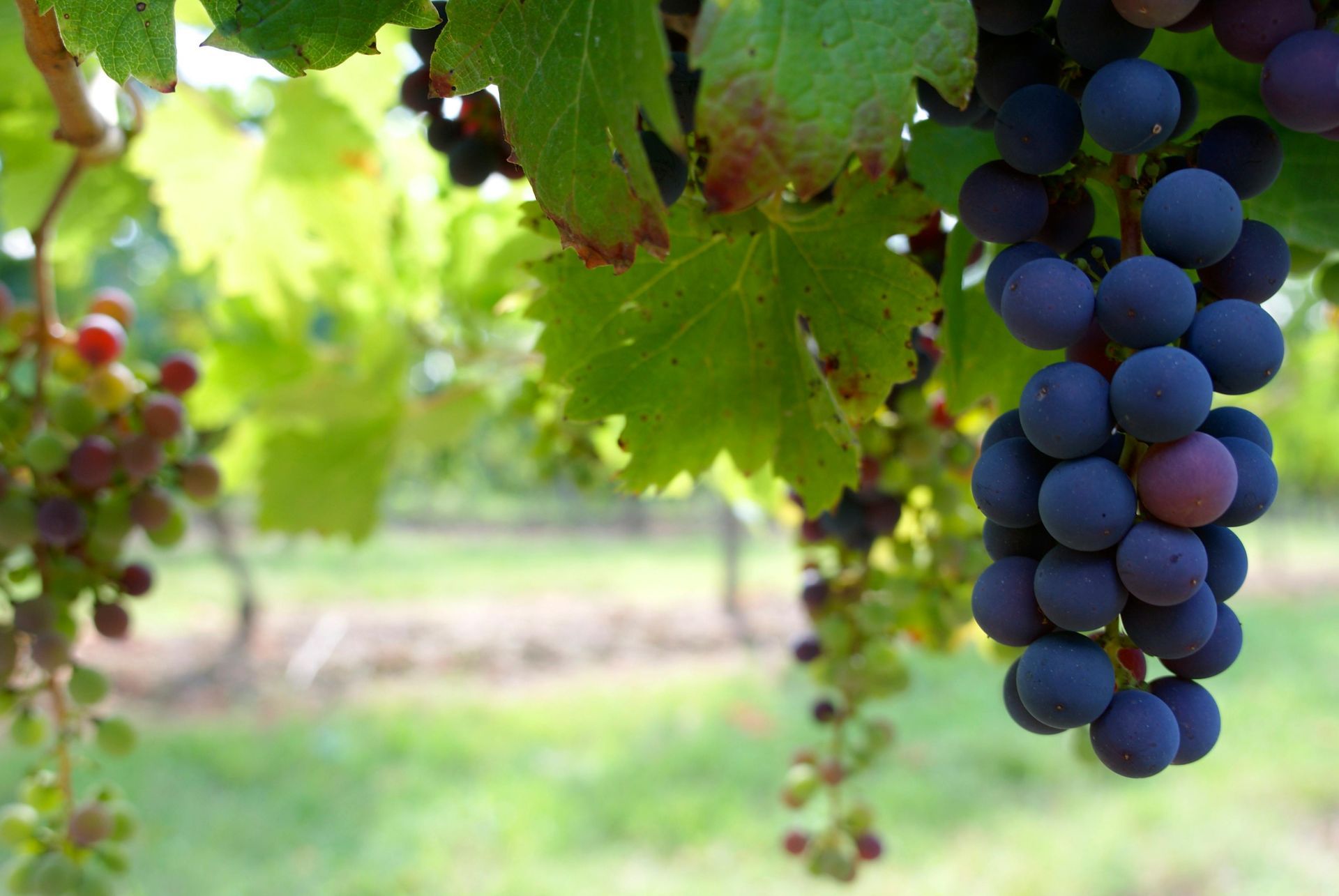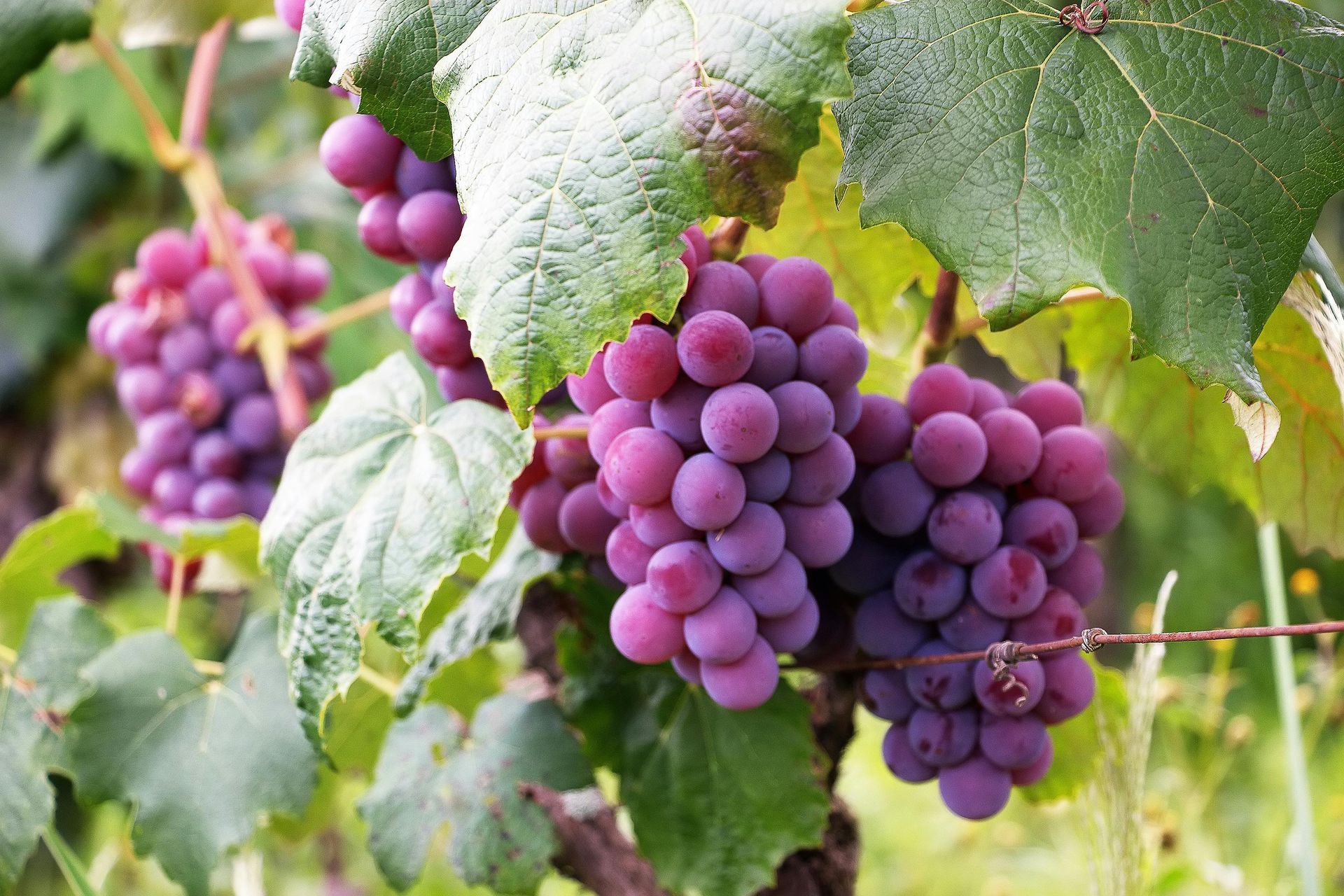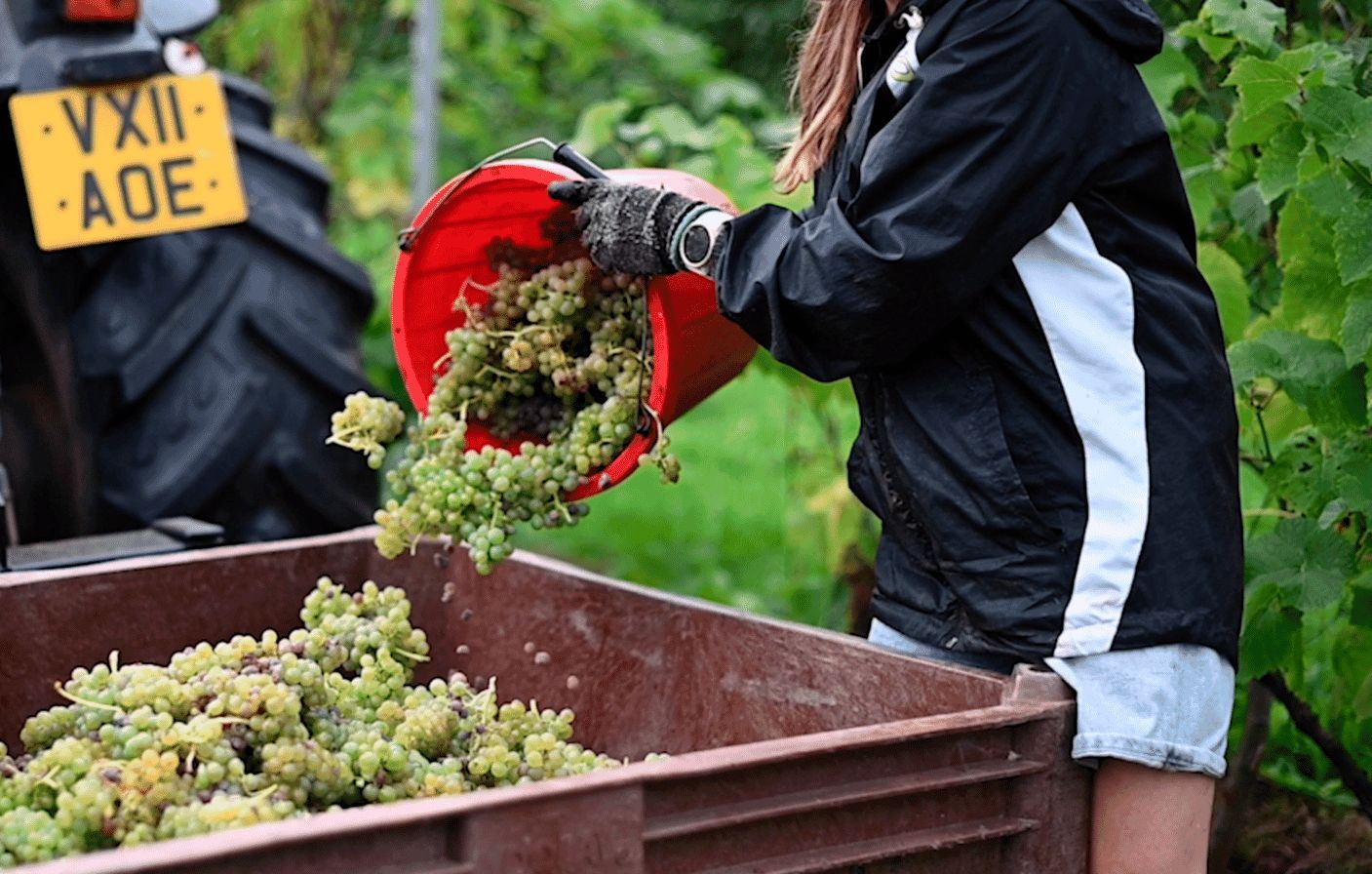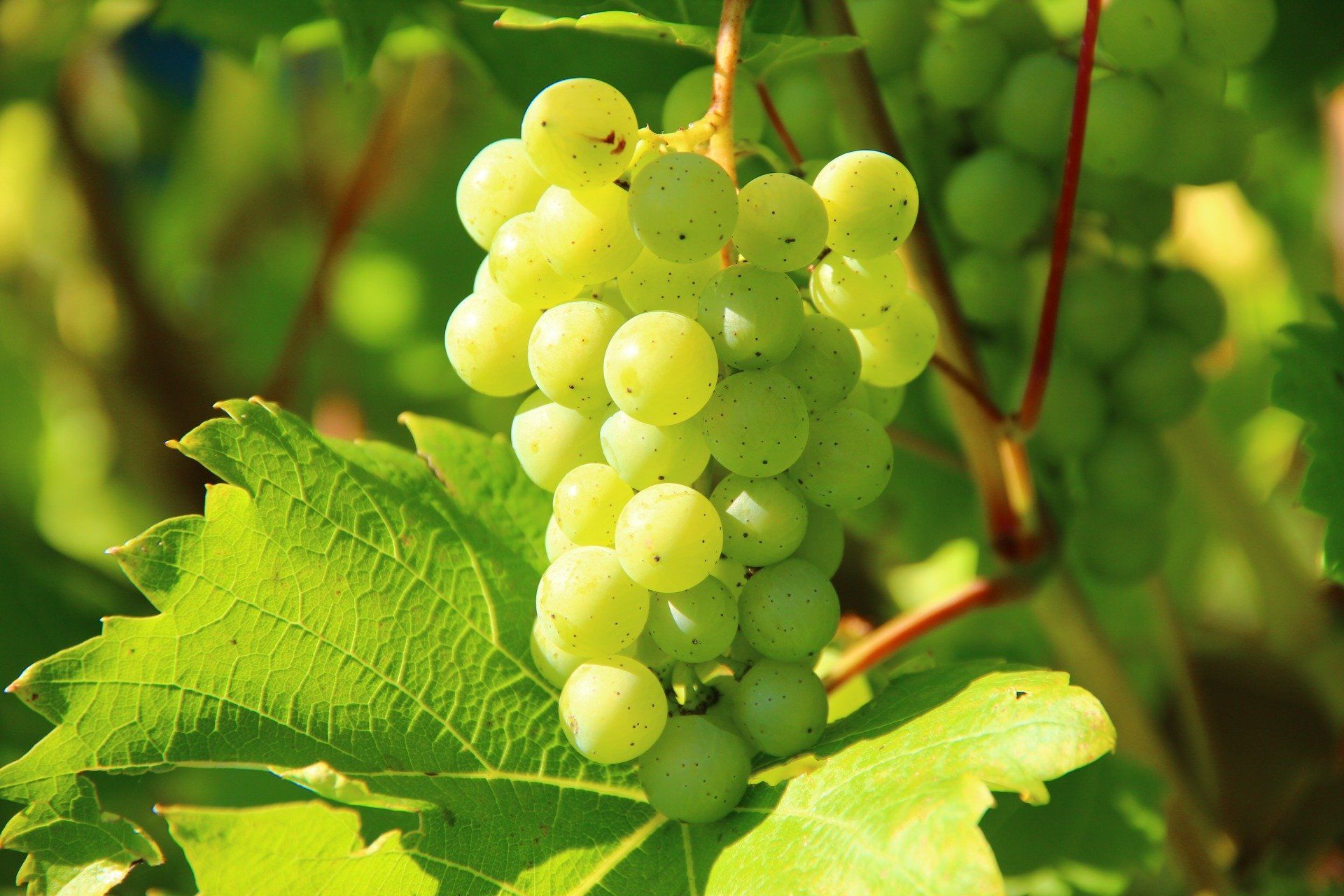How can I tell a good wine from a bad wine by just looking at the label?
Is it possible to tell a good wine from a bad wine just by looking at the label? It is, but you need to know what you are looking for!
When you’re shopping for wines, it is easy to feel overwhelmed by the range of labels on the shelf and to get drawn to the most attractive labels. Some of them look like miniature works of art. But going for the best looking label isn’t usually the right way to shop.
A good wine is the product of good fruit, grown in good soil by someone who cares about the grapes, the soil and winemaking. But a good label is the work of a good graphic designer, possibly with the help of a marketing agency.
The label on a good bottle of wine will have no problem in displaying the detail which matters and will help you to make a decision. The best wines will display grape variety, origin and age on the label.
Our labels proudly display the term 'Hand Harvested'. Hand harvested grapes, are grapes that have been picked by hand, rather than by machine. Hand harvesting is a traditional method that involves picking grapes bunch by bunch, and is considered to produce higher quality grapes.
The key information you should look for on a wine label is:
- Country and region
- Name and/ or producer
- Grape variety
- Vintage or non-vintage
- Alcohol level (ABV)
Country and region
Some wines are named after their place of origin (possibly the most famous being Champagne). But even if they’re not famous, most wine labels will include the wine’s country of origin.
In some cases, producers will display the region as well as the country. Knowing your regions will help you to find better quality wine. A region like Rioja in Spain will give the wine enthusiast an indication of what they should expect from the wine, due to the region’s reputation and the unique flavour of the wine, influenced by the climate and soil in the region.
A French wine produced in an area with minimal regulations is a Vin de Pays (VdP). One which is produced in area with strict regulations is described as Appellation d’Origine Contrôlée (AOC). Champagne is one example of an AOC wine. AOC is considered more premium than VdP.
But be careful of vague words on labels. A phrase like Grand Vin de Bordeaux is just marketing-speak. It’s not a legally defined term and any producer in the Bordeaux region can include that on a label, whatever the quality of the wine.
Generally, the more specific the location, the better the wine. A label just marked as ‘Spanish’ or ‘Wine of France’ will tell you that it is a cheaper, lower quality wine.
Name and/ or producer
The name of the wine producer will be included on the label on the front of most wine bottles. The producer could be a company, a family or an individual.
Unless you’re a real wine enthusiast, or it is a famous brand, the producer might not mean a lot to you. But every producer will bring their own experience to their wines.
Look out for wines marked ‘estate grown’ or ‘estate bottled’. Estate bottled wines are usually better quality than wines produced on a larger scale – because the person who grew the grapes has also made the wine and will be more likely to care about the finished product.
For French wines, the phrase to look out for is ‘Mis en bouteille’ and for Italian wines it is ‘Imbottigliato all’origine’.

Grape variety
There are many different varieties of grape, which all have their own flavours and characteristics, affecting the wine. If the wine is made from a single grape eg Merlot, that will usually be displayed on the label. If there is no grape on the label, it may be that the wine is made from a blend of grapes.
Another reason for not including the grape variety on the label is that producers assume buyers know which grapes are used in certain wines eg red Burgundy is made from Pinot Noir grapes.
Generally, New World wines are more likely to include grape variety on their labels than traditional European wines.
Even if the grape is named on the label, a wine may contain up to 15% of a different grape, depending on the regulations. Producers don’t need to mention these other grapes on the label.
Vintage or non-vintage
The year a wine was produced – its vintage – may be on the front label or the label on the back of the bottle.
The vintage is the year the grapes were harvested. For good quality wines, the general view is that the older the wine, the better.
But the quality and taste of the wine will vary from year to year, depending on the weather. For higher-end wines, the vintage can tell you something about the quality of that particular bottle eg was 2016 a particularly wet year or 2018 a very hot year?
Not all wines are vintage. Non-vintage wines are made from a blend of grapes from different harvests, usually to try to regulate the flavour. Non-vintage wines are generally lower value or mass-produced by big brands. As a rule of thumb, non-vintage wines are ready for drinking immediately and won’t improve with age.
Alcohol level
The alcohol level by volume (ABV) will always be on the label on either the front or back of the bottle. Legally, it only has to be accurate to 0.5%.
ABV for red wines is usually around 13.5%, while white wines tend to be a bit lower. Wines with ABV lower than 11% are sweeter and those above 15% have more intense flavour.
The ABV can help pair wine with food – as generally a lighter wine works better with lighter food, while a heavier red works better with richer food. In this case, a wine with an ABV of 15.5% might be the best choice.
With all these clues on the label, it should be possible to tell a good wine from a bad one. The key thing is to read the information on the label, rather than just admire the label’s design or the wine’s interesting name.
More from our blog...






